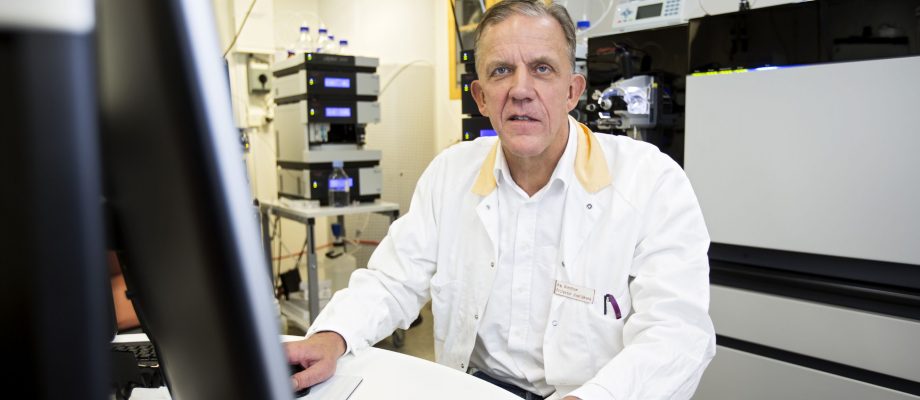DISTINCTION. The seven researchers at the University of Gothenburg, who were ranked among the top one percent of most highly cited researchers last year, have maintained their prestigious position in this year’s ranking: Kaj Blennow, Fredrik Bäckhed, Joakim Larsson, Henrik Nilsson, Karl Swedberg, Valentina Tremaroli, and Henrik Zetterberg. This year Johan Bengtsson-Palm joins the list in the Cross-Field category.
Clarivate Analytics, the analytics firm that owns the Web of Science, compiles annual lists of the world’s most highly cited researchers. The list is based upon publications during the preceding ten years. The analysis uses data from the company’s publication database.
Interdisciplinary category

Johan Bengtsson-Palme has gained a place in the interdisciplinary Cross-Field category. He cooperates with Joakim Nilsson and Henrik Nilsson, both of whom were already included on the top one percent list.

“As a new research group leader, it feels both exciting and a little strange to be included on this list together with so many well-established researchers at GU. In general, I believe that rankings are assigned a bit too much importance and symbolic value. The underlying factors here are that the research my co-authors and I have conducted is important and that many find it useful,” says Bengtsson-Palme.
Antibiotic resistance in the environment
His most-cited articles concern methodologies and databases for classifying microorganisms. However, he is pleased that the research group’s more recent articles on antibiotic resistance in the environment have received so much attention.

“The article that we published in Nature in 2018 has received citations at record speed. It describes, among other things, the relationship between fungi that produce antibiotics and resistant bacteria in soil samples. There is a clear correlation here, which in turn can be related to the local environment’s characteristics, such as pH, precipitation and temperature.”
He believes that the article’s broad nature has contributed to it being so well cited. “The article contains something for everyone. We discuss ecological mechanisms on a global scale, as well as antibiotic resistance in the environment and how bacteria and fungi interact. I believe that the key to the article having been highly cited is that many researchers from many different disciples have found the results useful.”
Alexandre Antonelli is also a new name on the list
Kaj Blennow, Fredrik Bäckhed, Joakim Larsson, Henrik Nilsson, Karl Swedberg, Valentina Tremaroli, and Henrik Zetterberg are already included on the list. Alexandre Antonelli, a Professor of Biodiversity and Systematics at the Department of Biological and Environmental Sciences, is a new name on this year’s top one per cent list. He was the founding director of the Gothenburg Global Biodiversity Centre and is currently the Director of Science of the Kew Royal Botanical Gardens, Kew and a Visiting Professor at the University of Oxford in the U.K.
- The list of Highly Cited Researchers can be read here: https://recognition.webofscience.com/awards/highly-cited/2020
- The article, Structure and function of the global topsoil microbiome published in the August 2018 issue of Nature can be read here: http://dx.doi.org/10.1038/s41586-018-0386-6
TEXT: ELIN LINDSTRÖM











